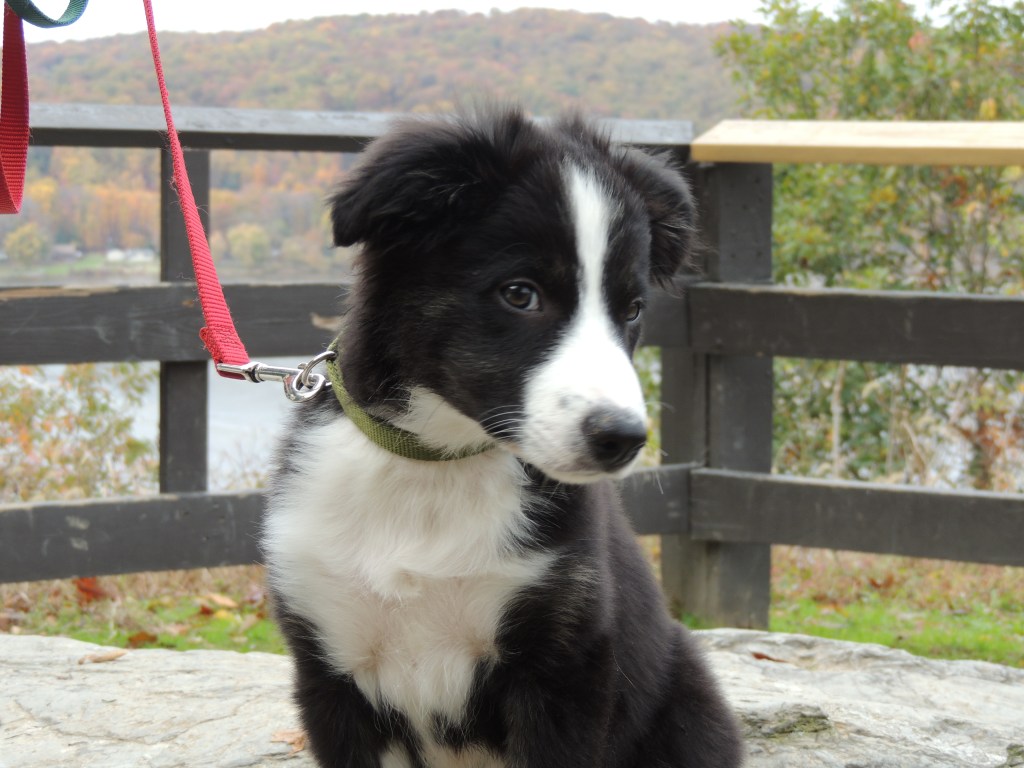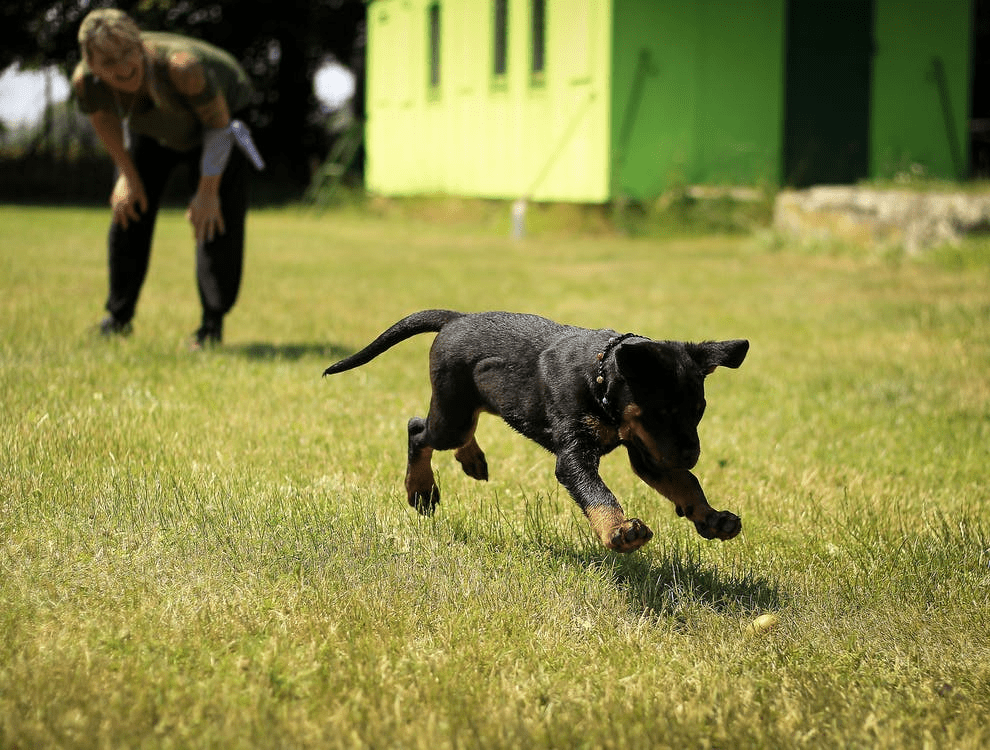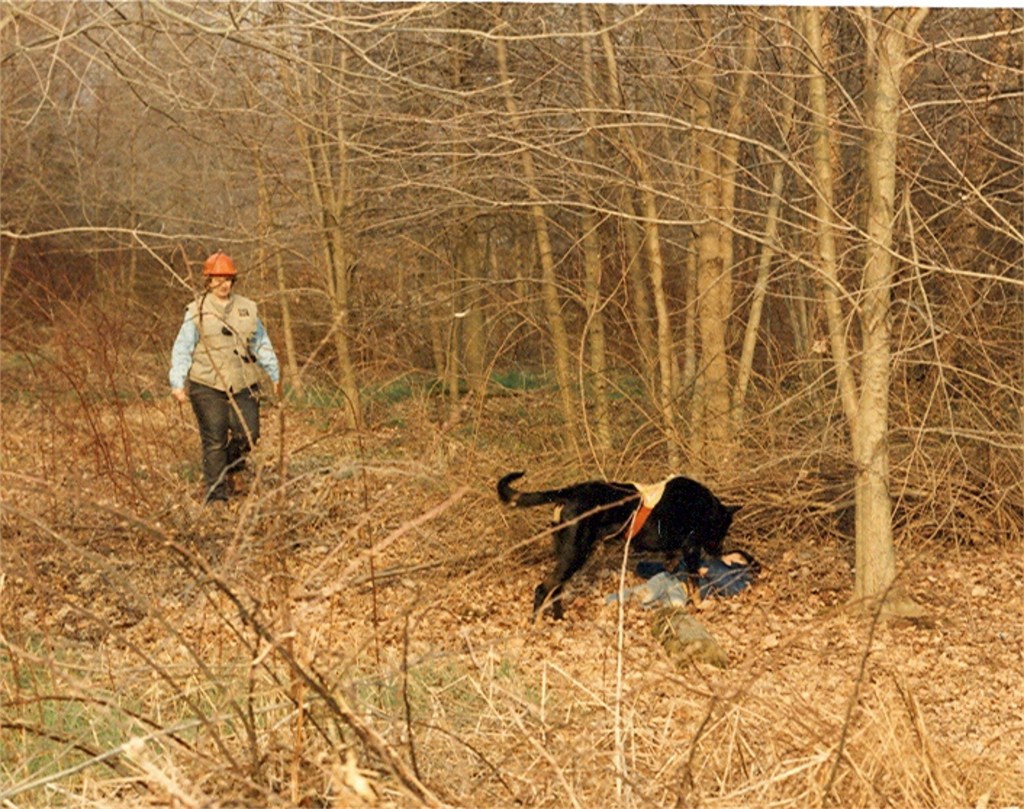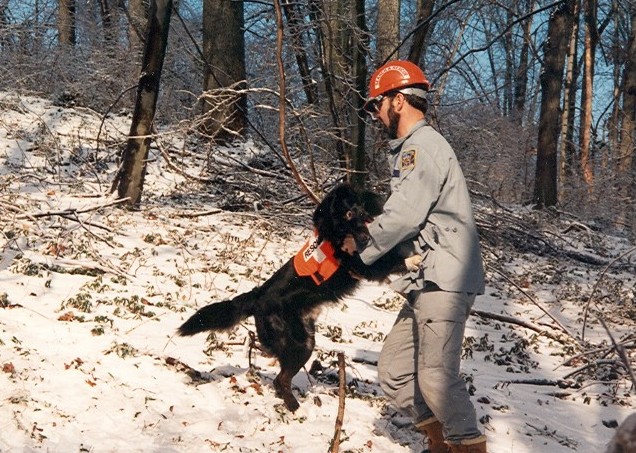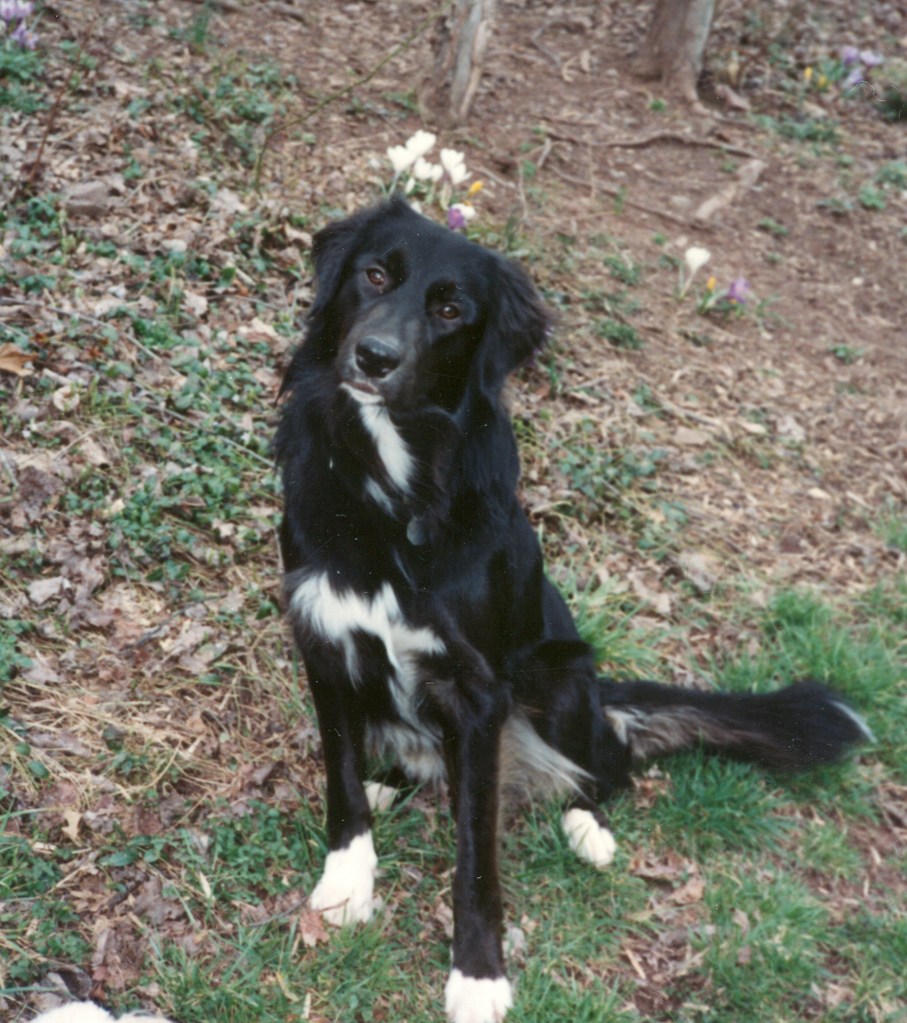by guest blogger Cindy Aldridge
As your furry companion advances into their senior years, adapting your care approach becomes crucial for their well-being. This stage in their life calls for special attention to health, comfort, and happiness. This detailed guide, courtesy of Susan Bulanda, covers essential strategies to ensure your aging pet enjoys their later years to the fullest.
Maximize Health with Regular Veterinary Check-Ups
Regular veterinary visits are crucial for senior pets. These appointments allow for early detection of common age-related issues such as arthritis, kidney problems, and vision loss. Timely intervention can significantly improve your pet’s quality of life. Additionally, veterinarians can offer advice on diet and exercise tailored to your senior pet’s specific needs, ensuring they remain healthy and active.
Safeguard Your Pet in the Great Outdoors
Creating a safe outdoor environment is essential for the well-being of senior pets. Installing a robust fence prevents your pet from wandering off and keeps unwanted animals out. Also, consider adding ramps for easy access, which are especially beneficial for pets with mobility issues.
It’s also wise to document any improvements made to your outdoor space. If you plan to sell your home, taking before-and-after photos and retaining receipts can help demonstrate the added value these enhancements bring to your property. Keeping a close eye on your pet when they are outdoors is crucial too, as older pets may not be as alert to potential dangers, heightening their risk of accidents or getting lost.
Prioritize Dental Health
Effective dental care is a cornerstone of senior pet health. In addition to brushing and dental treats, regular professional cleanings can prevent serious dental issues. Neglecting dental health can lead to complications like heart disease or infections. Integrating dental care into your routine demonstrates your commitment to their overall health.
Maintain Grooming and Hygiene
Grooming is crucial for aesthetics and maintaining your senior pet’s health. Regular grooming sessions allow for the early detection of lumps, bumps, or skin conditions, which are more prevalent in older pets. It also serves as a bonding activity, offering comfort and reassurance.
Further, these sessions are essential for ensuring your pet’s coat remains free from parasites and matting, which can cause discomfort and skin issues. Grooming is also a great time to check the flexibility and condition of your pet’s skin, which can indicate their overall health.
Ensure Adequate Hydration
Maintaining proper hydration is crucial in supporting kidney function and preventing urinary tract issues in senior pets. Placing multiple water bowls around your home encourages them to drink regularly. Regularly checking these bowls ensures they always have access to fresh water.
A pet fountain can further encourage drinking by providing a continuous flow of fresh water, making it more appealing. Additionally, monitoring your pet’s water intake can indicate their overall health and alert you to potential issues.

Stimulate Their Minds
Cognitive health is as crucial as physical health in senior pets. Engaging them in regular mental exercises can help delay the onset of cognitive dysfunction, similar to dementia in humans. Training sessions, learning new tricks, or engaging in scent games help keep their minds active and alert.
These activities stimulate their brains and strengthen their bond with them. Consistent mental stimulation can also help maintain their senses and reflexes, which are vital for their overall well-being and quality of life.
Create a Comfortable Environment
Adapting your home to suit your senior pet’s needs is vital to their comfort. This includes providing orthopedic bedding to support their joints, ensuring easy access to their favorite spots, and maintaining a consistent indoor temperature. Remember that their tolerance for extreme weather conditions diminishes with age, so keeping them comfortable shows your deep understanding and care.
Wrapping Up
Caring for a senior pet means adapting to their changing needs with empathy and understanding. By focusing on these essential care strategies, you can ensure that your beloved companion enjoys their golden years in comfort and happiness.
Your commitment to their well-being reflects the depth of your bond, making every moment you share even more precious. Remember that the love and care you provide during these years are invaluable, creating a nurturing environment for your senior pet to thrive.


